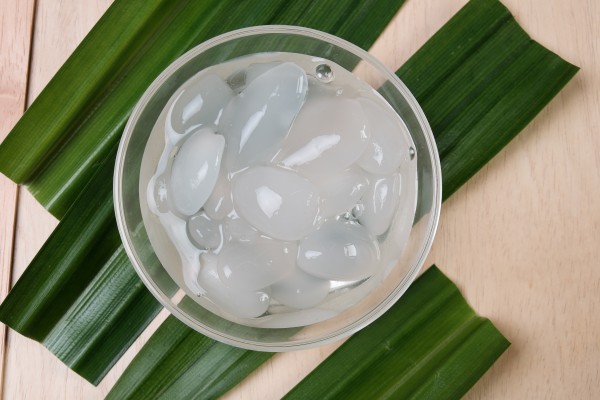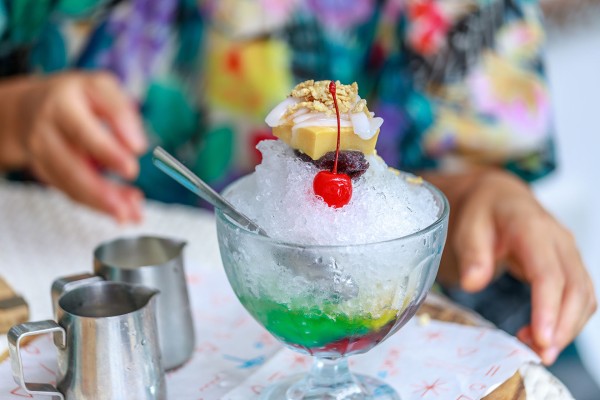How to Make your Brand Stand Out
Being a newbie in any industry is tough, most especially in the cutthroat world of food and bever-ag...

March 30, 2022
Every spoonful of halu-halo is always a pleasant surprise. You can get corn and bits of leche flan on the first bite. Perhaps tapioca pearls and coconut shreds in the next. Maybe jelly cubes and mung beans after. Or, you can get kaong, the treasure in the mix. They literally look like jewels—glistening, brightly colored, oval gems deep in the glass.
Every spoonful of halu-halo is always a pleasant surprise. You can get corn and bits of leche flan on the first bite. Perhaps tapioca pearls and coconut shreds in the next. Maybe jelly cubes and mung beans after. Or, you can get kaong, the treasure in the mix. They literally look like jewels—glistening, brightly colored, oval gems deep in the glass.

What is kaong? Kaong is the fruit of the eponymous kaong or sugar palm tree. Though it naturally comes in a milky white color, commercially sold kaong is usually available in vivid jewel tones, perhaps, ironically, to stand out and complement the other ingredients of the halu-halo, where it is usually featured. It is naturally very chewy, a little more than the similar nata de coco, and very sweet especially since it is usually sold submerged in some type of syrup.
Like other trees of this genus, sugar palm trees (Arenga pinnata) grow flowers and fruits in clusters. The stalks are chopped off and the fruits are picked off one by one. A single tree can yield hundreds of fruits that resemble tiny egg-sized coconuts. This makes one wonder why only one kaong is usually added in desserts. An undisturbed tree, however, only flowers every four to six years; a harvested one can take much longer.
These fruits are put in a large pot with just enough water to cover them. They are boiled for two to three hours until the tops are soft enough to be sliced off. Three or four vesicles of that jellybean-shaped kaong that most people know are plucked out of the shells.
 Preparing kaong for consumption varies. Some enjoy the plain fruit as is while others take meticulous steps in rinsing it. To make the syrupy kaong that figures in halu-halo or fruit salad, the fruit is cooked in a sugar-water solution. Sodium metabisulfite is typically added as a preservative. Adding edible coloring is also a popular addition to the process.
Preparing kaong for consumption varies. Some enjoy the plain fruit as is while others take meticulous steps in rinsing it. To make the syrupy kaong that figures in halu-halo or fruit salad, the fruit is cooked in a sugar-water solution. Sodium metabisulfite is typically added as a preservative. Adding edible coloring is also a popular addition to the process.
Compared to macapuno (coconut sport) and nata de coco, kaong isn’t quite as popular, but that’s only because people haven’t quite tapped its potential beyond the jars one sees in the supermarket. The tree itself has several uses: leaves can be turned into brooms or baskets, fibers make for a strong rope, the wood is ideal for making furniture. The sap is also what is used to make tuba, a type of coconut wine, and vinegar.
The next time you see that solitary kaong in your halu-halo, take extra time to appreciate it. This underrated little treat can pack a punch.
Check out these food fusions between Filipino and Middle Eastern cuisines
The unending quest for healthy and sustainable food amid changing lifestyles
A quick look at the Philippine food staple often getting a bad health rap